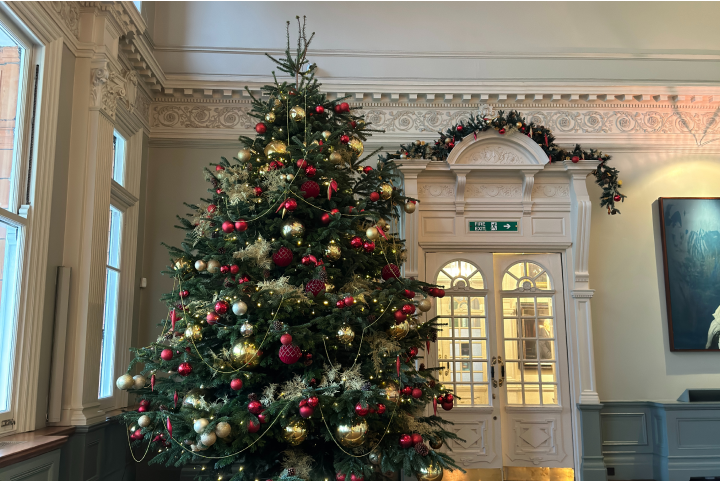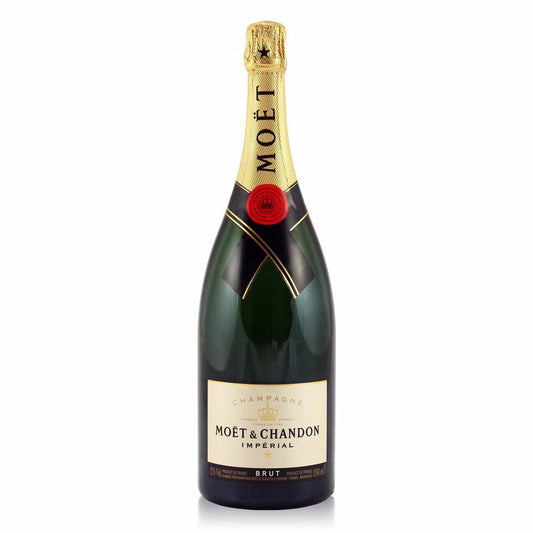
The First Christmas Trees in History
Author: Flower StationEvergreen trees have played a part in human beliefs over millennia. The Christmas tree as we know it, though, is a quite recent invention. The Honourable Guild of Bakers in Freiburg is credited with setting one up first in 1419. At the time, Freiburg was part of the Holy Roman Empire; it is situated in the former Grand Duchy of Baden in the modern state of Baden-Wurttemberg in Germany.
Christmas Wreaths
Send Video Message
This unique service allows you to add a heartfelt, creative video message to your order and make the recipient’s day even more special.
See how it works.
Send Video Message
This unique service allows you to add a heartfelt, creative video message to your order and make the recipient’s day even more special.
See how it works.


Purple Mist Festive Wreath
Send Video Message
This unique service allows you to add a heartfelt, creative video message to your order and make the recipient’s day even more special.
See how it works.


Berries and Willow Christmas Wreath
Send Video Message
This unique service allows you to add a heartfelt, creative video message to your order and make the recipient’s day even more special.
See how it works.


Orange and Silver festive Wreath
Send Video Message
This unique service allows you to add a heartfelt, creative video message to your order and make the recipient’s day even more special.
See how it works.
Eucalyptus and Pinecones Christmas Wreath
Send Video Message
This unique service allows you to add a heartfelt, creative video message to your order and make the recipient’s day even more special.
See how it works.


Cotton and Lime Christmas Wreath
Send Video Message
This unique service allows you to add a heartfelt, creative video message to your order and make the recipient’s day even more special.
See how it works.
Send Video Message
This unique service allows you to add a heartfelt, creative video message to your order and make the recipient’s day even more special.
See how it works.

Luxury Christmas Wreath
According to tradition, a fir tree was put up in the Hospital of The Holy Ghost for The Poor for Christmas in 1419. The tree was then decorated with honey cookies, nuts, and dried fruits. It is said to have remained standing until New Year’s Day when it was ‘shaken down’ and the children were allowed to eat the decoration. While it is possible that it happened that way, there is no supportive evidence to be found anywhere but is still included in history works as late as 2007.

Nordmann Fir Christmas Trees - 3ft (100/125cm)
Shop our stunning Nordmann Fir Christmas tree with extremely bushy, retain needles better than any other tree, and have a great shape, just like a Christmas tree is supposed to have.
Shop NowIn fact, the good bakers of Freiburg were contravening church law. During the first millennium, the Christian Church had forbidden the adornment of trees on all kinds of occasions as heathen superstition. Despite that, adorning the home with evergreens during winter never went out of fashion. In the Brocarda, the canonical legal code for the Diocese of Worms written by Bishop Burchard between 1008 and 1012, the prohibition was included as a matter of course. Its inclusion shows that the matter was still of relevance.

Nordmann Fir Christmas Trees - 4ft (125/150cm)
Shop our stunning Nordmann Fir Christmas tree with extremely bushy, retain needles better than any other tree, and have a great shape, just like a Christmas tree is supposed to have.
Shop NowAs late as 1508, priests in Alsatian churches were preaching sermons against the heathen superstition of keeping evergreens in homes and giving presents to people. But a copper plate print by Lucas Cranach the elder of 1509 shows the first picture of a Christmas tree that we recognise as such; he showed it adorned with stars and lights. There must have been a market for selling a print like that with a profit or he wouldn’t have done it.

Nordmann Fir Christmas Trees - 5ft (150/175cm)
Shop our stunning Nordmann Fir Christmas tree with extremely bushy, retain needles better than any other tree, and have a great shape, just like a Christmas tree is supposed to have.
Shop NowThe accounts of the Humanistic Library of Sélestat situated 30 miles from Freiburg in the Alsace shows an entry in 1521 reading: “Paid four Shillings to the forester to guard the trees as of St. Thomas” (21st of December). The entry shows that the amount of trees taken from communal woods was becoming a problem.

Nordmann Fir Christmas Trees - 6ft (175/200cm)
Shop our stunning Nordmann Fir Christmas tree with extremely bushy, retain needles better than any other tree, and have a great shape, just like a Christmas tree is supposed to have.
Shop NowFirst proof positive of a Christmas tree in writing is provided for Strasburg Cathedral (Alsace, France) in 1539; it is at the same time the first instance of a public display of a tree for Christmas documented anywhere. By 1600, Christmas trees could be found in the houses of rich citizens all over Strasburg.

Nordmann Fir Christmas Trees - 7ft (200/225cm)
Shop our stunning Nordmann Fir Christmas tree with extremely bushy, retain needles better than any other tree, and have a great shape, just like a Christmas tree is supposed to have.
Shop NowIt was Duchess Dorothea Sibyl of Brieg (part of the Kingdom of Bohemia) who first adorned a Christmas tree with candles in 1611. Continental European princes took to the idea and the Imperial family in Vienna had a tree set up for each member of the family separately to display their individual Christmas presents underneath.
Martin Luther had been in favour of the Christmas tree for no other reason than to be different from the Catholic Church. But already John Calvin in Geneva begged to differ when abolishing all festivals not mentioned in the Bible. In Scotland, John Knox forbade Christmas altogether in 1560 in a similar move. Oliver Cromwell proved to be just such a killjoy in 1647.












































